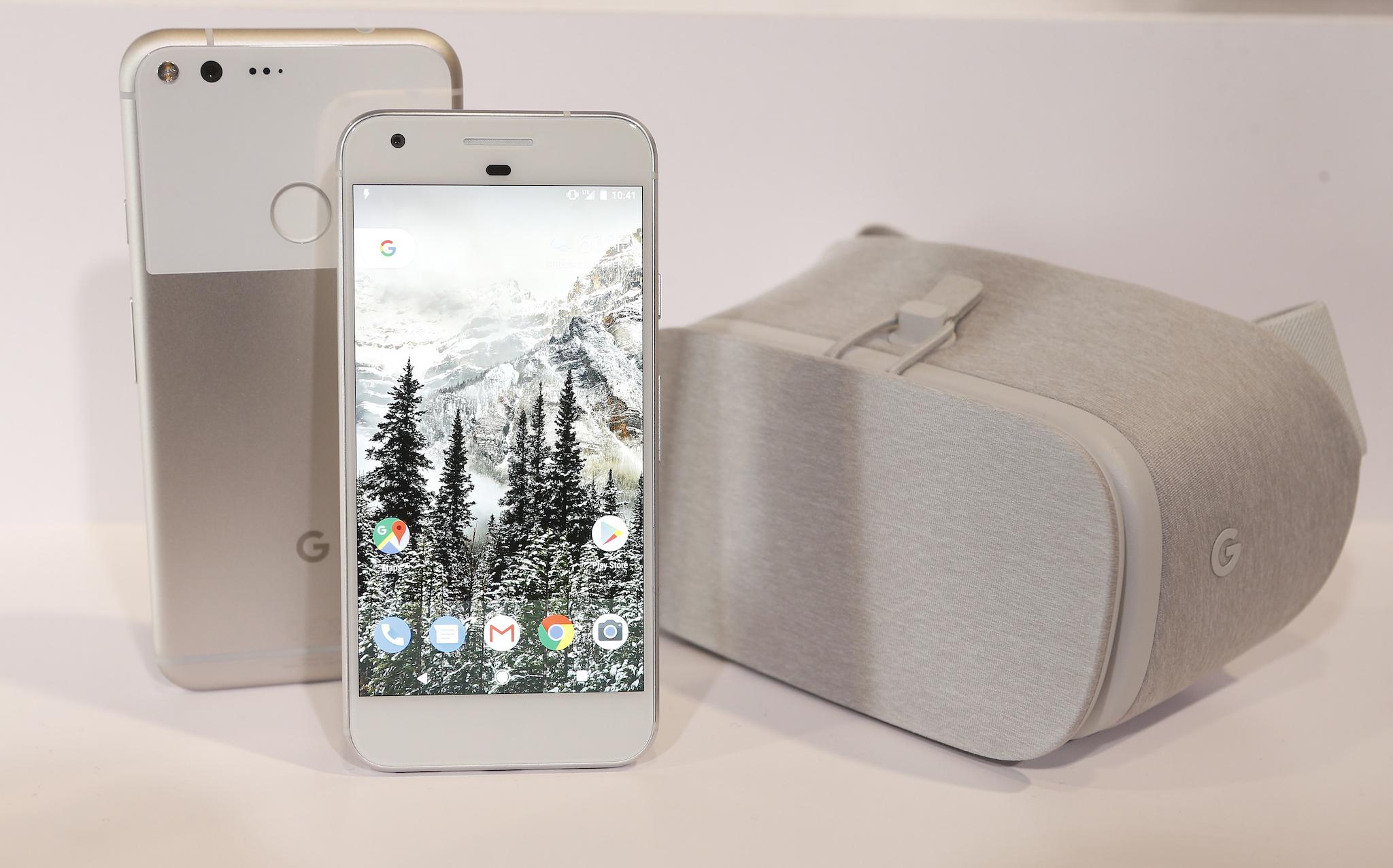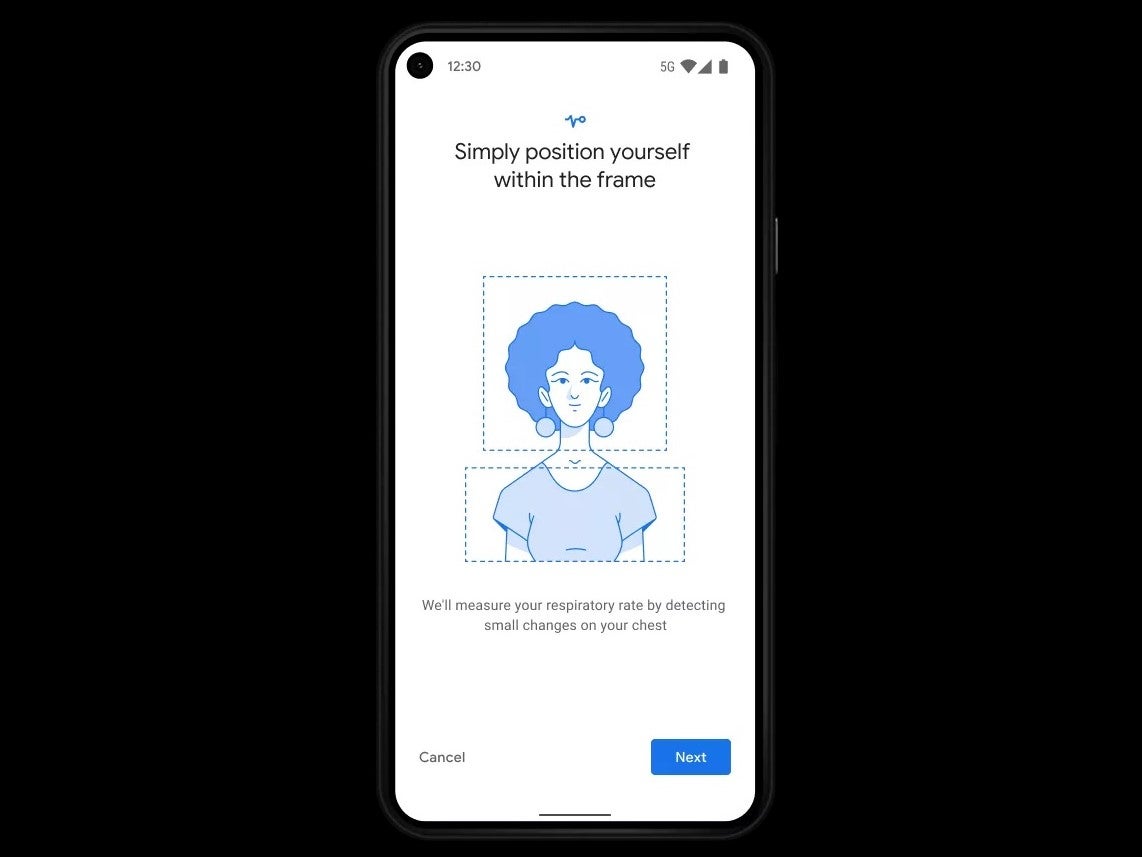Google Pixel phones can now measure heart and breathing rates with its camera
AI-powered computer vision records health metrics to Google Fit app

Your support helps us to tell the story
From reproductive rights to climate change to Big Tech, The Independent is on the ground when the story is developing. Whether it's investigating the financials of Elon Musk's pro-Trump PAC or producing our latest documentary, 'The A Word', which shines a light on the American women fighting for reproductive rights, we know how important it is to parse out the facts from the messaging.
At such a critical moment in US history, we need reporters on the ground. Your donation allows us to keep sending journalists to speak to both sides of the story.
The Independent is trusted by Americans across the entire political spectrum. And unlike many other quality news outlets, we choose not to lock Americans out of our reporting and analysis with paywalls. We believe quality journalism should be available to everyone, paid for by those who can afford it.
Your support makes all the difference.Google has unveiled new capabilities for its Pixel smartphones, which will allow users to measure their heart and breathing rates using its camera.
The feature uses advances in artificial intelligence (AI) computer vision to repurpose the sensors already built into the phone.
Respiratory rates can be measured by pointing the phone's camera at a person's head and upper torso, while measuring a heart rate simply requires placing a finger on the rear-facing camera.
Once measured, the vital signs can then be transferred to the Google Fit app to allow users keep better track of their health and "improve day-to-day wellness".
Google's director of health technologies, Shwetak Patel, wrote in a blog post on Thursday that the new feature would be available for Pixel owners next month before rolling out to other Android devices.
"These features let you use your smartphone's camera to track tiny physical signals at the pixel level – like chest movements to measure you respiratory rate and subtle changes in the colour of your fingers for your heart rate," Mr Patel wrote.
"We developed both features – and completed initial clinical studies to validate them – so they work in a variety of real-world conditions and for as many people as possible. For example, since our heart rate algorithm relies on approximating blood flow from colour changes in someone's fingertip, it has to account for factors such as lighting, skin tone, age and more in order to work for everyone."

During a Google Health event on Thursday the tech giant revealed that early studies suggest the tool is able to measure heart rates to within an accuracy of 2 per cent.
Google is not the first smartphone maker to include heart rate monitors on their devices, with Samsung previously introducing it on its Galaxy S10 and other older Galaxy models.
The South Korean manufacturer has since removed the monitor from newer phones, preferring instead to rely on more accurate readings from the sensors embedded in wearable devices like its Galaxy Watch.
Google's hope is to make the technology available to a wider audience than just those who wear fitness trackers and smart watches.
"My team has been working on ways that we can unlock the potential of everyday smart devices," Mr Patel said, adding that the ultimate goal is to get it to "as many people as possible".
Join our commenting forum
Join thought-provoking conversations, follow other Independent readers and see their replies
Comments